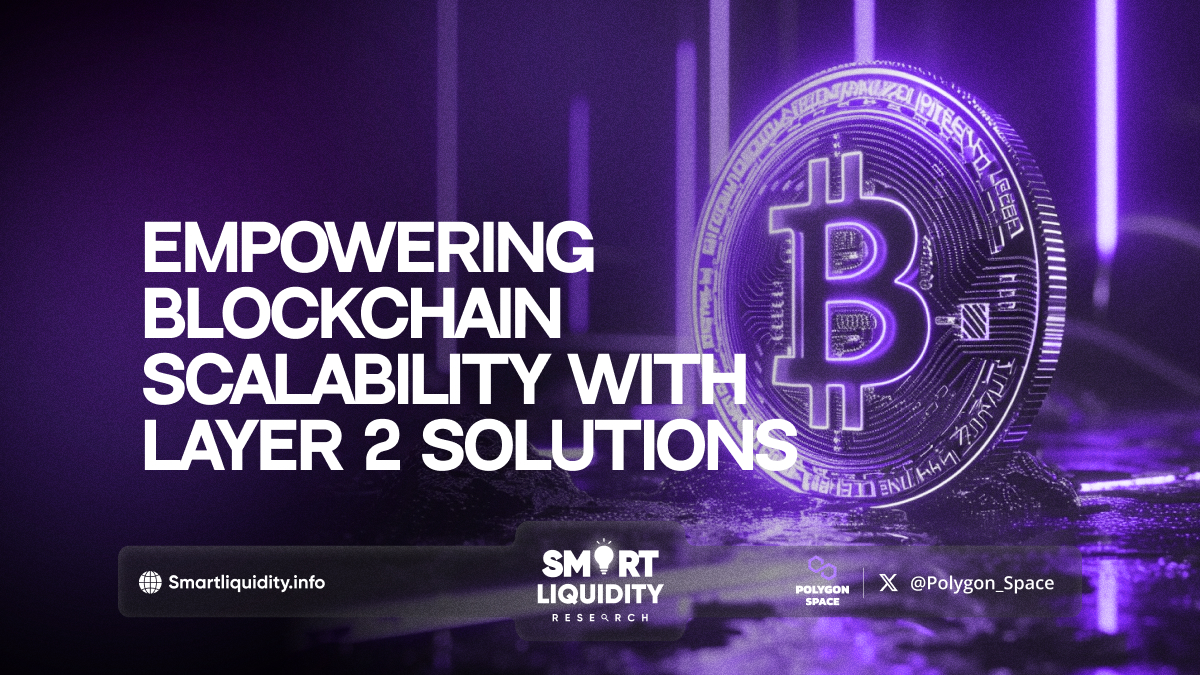Empowering Blockchain Scalability with Layer 2 Solutions


Blockchain technology has revolutionized digital transactions by offering decentralized, secure, and transparent systems. However, one of its primary challenges remains scalability. As blockchain networks like Ethereum gained popularity, their limitations in handling large numbers of transactions became evident, leading to high fees and slower processing times.
To address these issues, Layer 2 solutions have emerged as a promising avenue for scaling blockchain networks. Among these, Polygon has positioned itself as a leader by offering a robust framework for building and connecting Ethereum-compatible blockchain networks.
Polygon operates as a Layer 2 scaling solution, enhancing Ethereum’s capabilities by providing faster and cheaper transactions while maintaining a high level of security. It achieves this by processing transactions off the main Ethereum chain, thus reducing congestion and lowering fees significantly.
The key advantage of Polygon lies in its ability to support various scaling techniques such as Plasma chains, optimistic rollups, and zk-rollups. These techniques enable developers to create scalable decentralized applications (dApps) without compromising on security or decentralization.
Moreover, Polygon’s architecture allows seamless interoperability with Ethereum, meaning dApps deployed on Polygon can benefit from Ethereum’s security while leveraging Polygon’s scalability features. This interoperability makes it easier for developers to migrate existing applications to Polygon or develop new ones that require high throughput and low transaction costs.
In conclusion, Polygon exemplifies how Layer 2 solutions can empower blockchain scalability by offering a practical and efficient way to handle the growing demands of decentralized applications. As blockchain technology continues to evolve, solutions like Polygon are crucial for driving mainstream adoption by enhancing transaction speed, reducing costs, and improving overall user experience in the decentralized ecosystem.




